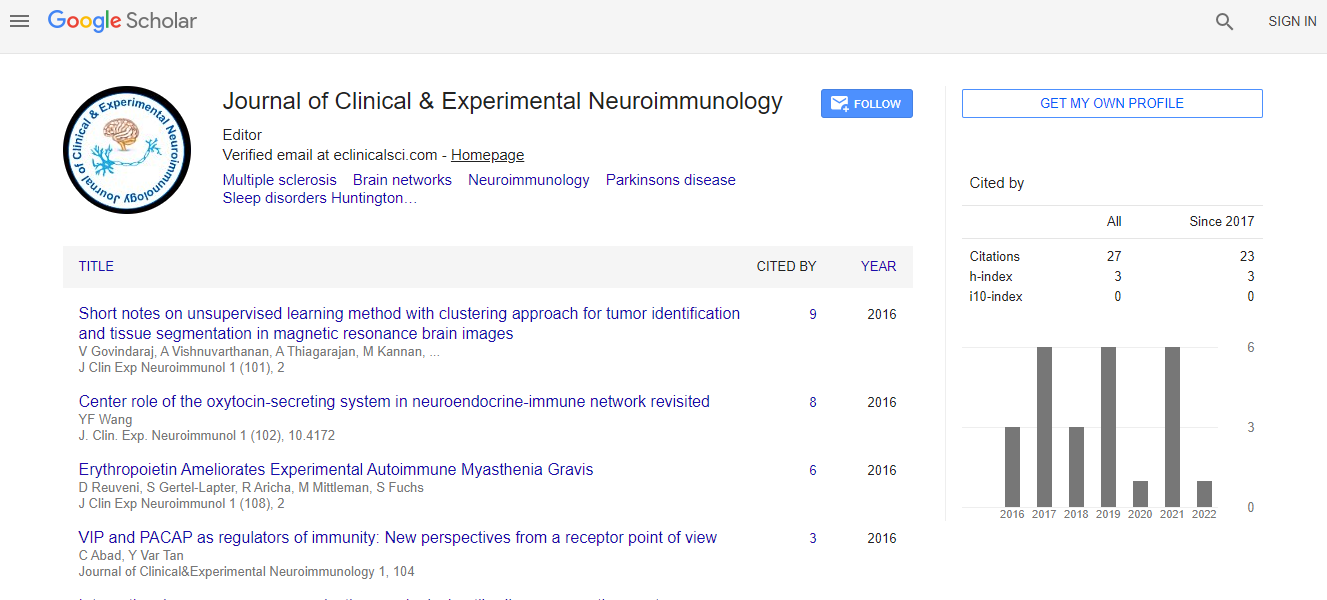Interpretation of Creutzfeldt-Jakob Disease-Specific Test Results: Real Prion Disease or Mimic?
*Corresponding Author:
Copyright: © 2021 . This is an open-access article distributed under the terms of the Creative Commons Attribution License, which permits unrestricted use, distribution, and reproduction in any medium, provided the original author and source are credited.
Abstract
Creutzfeldt-Jakob Disease (CJD) is a rare, progressive, and fatal neurodegenerative disorder caused by
misfolded prion proteins. CJD shows characteristic clinical manifestations of rapidly progressive dementia,
myoclonus, pyramidal or extrapyramidal dysfunction, and akinetic mutism. Laboratory tests, such as Periodic Sharp
Wave Complexes (PSWCs) on electroencephalography, elevated Cerebrospinal Fluid (CSF) 14-3-3 protein levels or
total tau levels, and magnetic resonance imaging findings of cortical (cortical ribboning) or bilateral thalamic (pulvinar
sign) lesions, are useful diagnostic tools. However, an accurate diagnosis is sometimes challenging. We recently
reported a patient with posterior reversible encephalopathy syndrome with seizures and consciousness disturbance
with elevated CSF 14-3-3 protein levels, PSWCs, and the pulvinar sign, suggesting CJD. From our experience of
this case, we learned that test results characteristic of CJD can be obtained with other diseases, i.e., CJD mimics. In
this review, we will discuss CJD test results and their interpretation.

